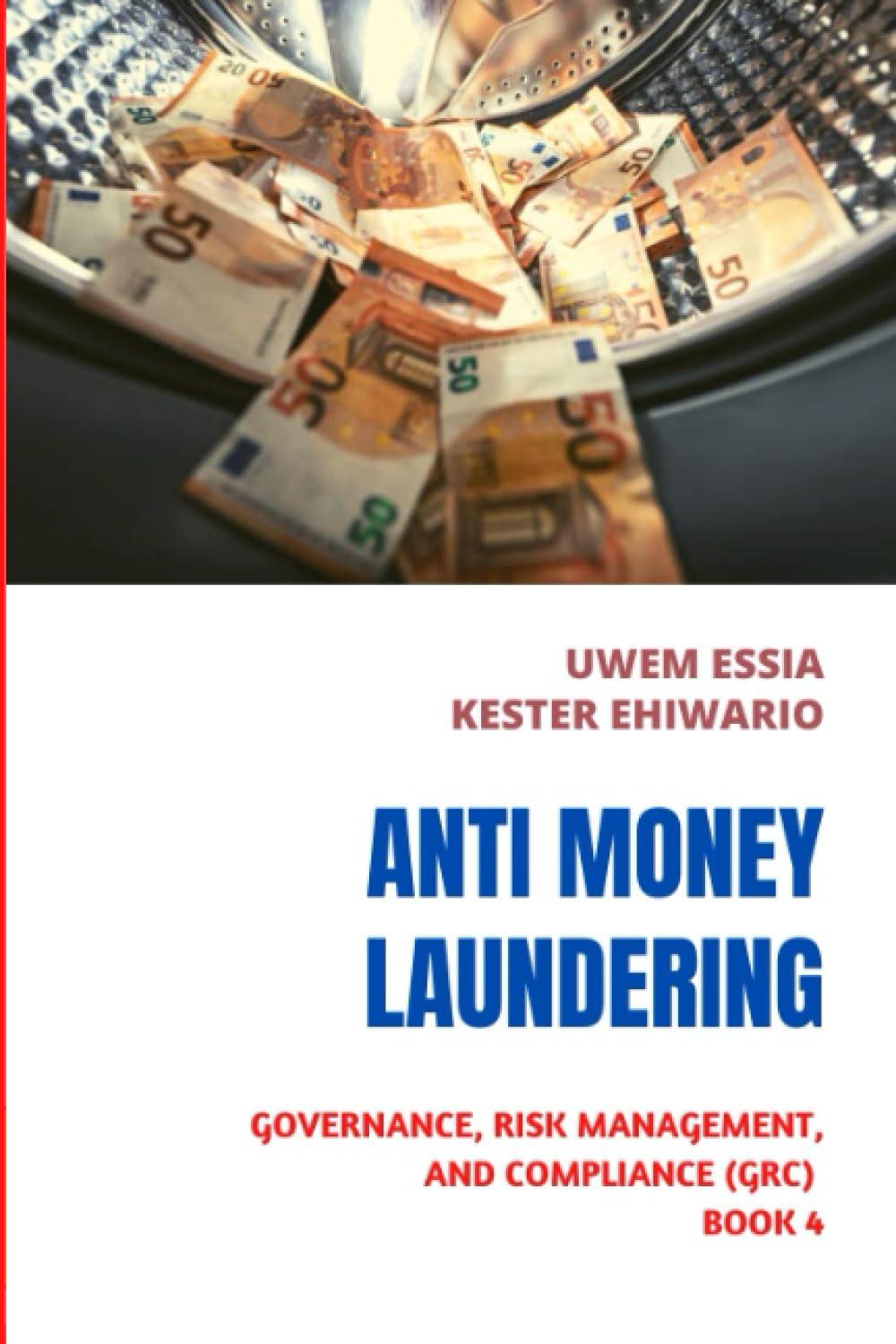PLEASE CAREFULLY READ THE QUESTION AND EXPLAIN YOUR ANSWER IN BRIEF

est II Multiple Choice 2. If, in subsequent periods, the entity assesses that the collectability of the consideration in a franchise agreement is doubtful A. the entity discontinues recognizing funther revenues from the franchise contract. B. the entity assesses any existing receivable or contract asset from the franchise contract for impaiment C. the entity shall discontinue its existing accounting policy on revenue recognition and shift to either the installment sales method or the cost recovery method of revenue recognition. D. d. a and b 3. If the promise to transfer a license is a distinct, performance obligation. A. the entity treats all the promises in the contract as a single B. the entity applies the general principles of PFRS 15 to determine whether the performance obligation is satisfled over time or at a point in time. C. the entity applies the specific principles of PFRS 15 to determine the nature of the entity's promise to transfer the hicense as either a "right to access" or a "right to use" the entity's intellectual property. D. b and c 2. If a franchise contract requires the franchisor to undertake activities that would affect the franchisor's intellectual property to which the franchisee has nights, the performance obligation is satisfied ? a. at a point in time b. over time c. under time d. anytime 3. Which of the following does not indicate that the nature of an entity's promise to transfer a license is to provide the customer the right to access the entity's intellectual property as it exists throughout the license period? a. The intellectual property to which the customer has rights changes throughout the license period. b. The entity continues to be involved with its intellectual property c. The cortract requires, or the customer reasonably expects, that the entity will undertake activities that significantly affect the intellectual property to which the customer has rights, and the customer is exposed to any positive or negative effects of those activities. d. The customer can direct the use of and obtain substantially all of the remaining benefits from the license at the point in time at which the license is granted. est II Multiple Choice 2. If, in subsequent periods, the entity assesses that the collectability of the consideration in a franchise agreement is doubtful A. the entity discontinues recognizing funther revenues from the franchise contract. B. the entity assesses any existing receivable or contract asset from the franchise contract for impaiment C. the entity shall discontinue its existing accounting policy on revenue recognition and shift to either the installment sales method or the cost recovery method of revenue recognition. D. d. a and b 3. If the promise to transfer a license is a distinct, performance obligation. A. the entity treats all the promises in the contract as a single B. the entity applies the general principles of PFRS 15 to determine whether the performance obligation is satisfled over time or at a point in time. C. the entity applies the specific principles of PFRS 15 to determine the nature of the entity's promise to transfer the hicense as either a "right to access" or a "right to use" the entity's intellectual property. D. b and c 2. If a franchise contract requires the franchisor to undertake activities that would affect the franchisor's intellectual property to which the franchisee has nights, the performance obligation is satisfied ? a. at a point in time b. over time c. under time d. anytime 3. Which of the following does not indicate that the nature of an entity's promise to transfer a license is to provide the customer the right to access the entity's intellectual property as it exists throughout the license period? a. The intellectual property to which the customer has rights changes throughout the license period. b. The entity continues to be involved with its intellectual property c. The cortract requires, or the customer reasonably expects, that the entity will undertake activities that significantly affect the intellectual property to which the customer has rights, and the customer is exposed to any positive or negative effects of those activities. d. The customer can direct the use of and obtain substantially all of the remaining benefits from the license at the point in time at which the license is granted







